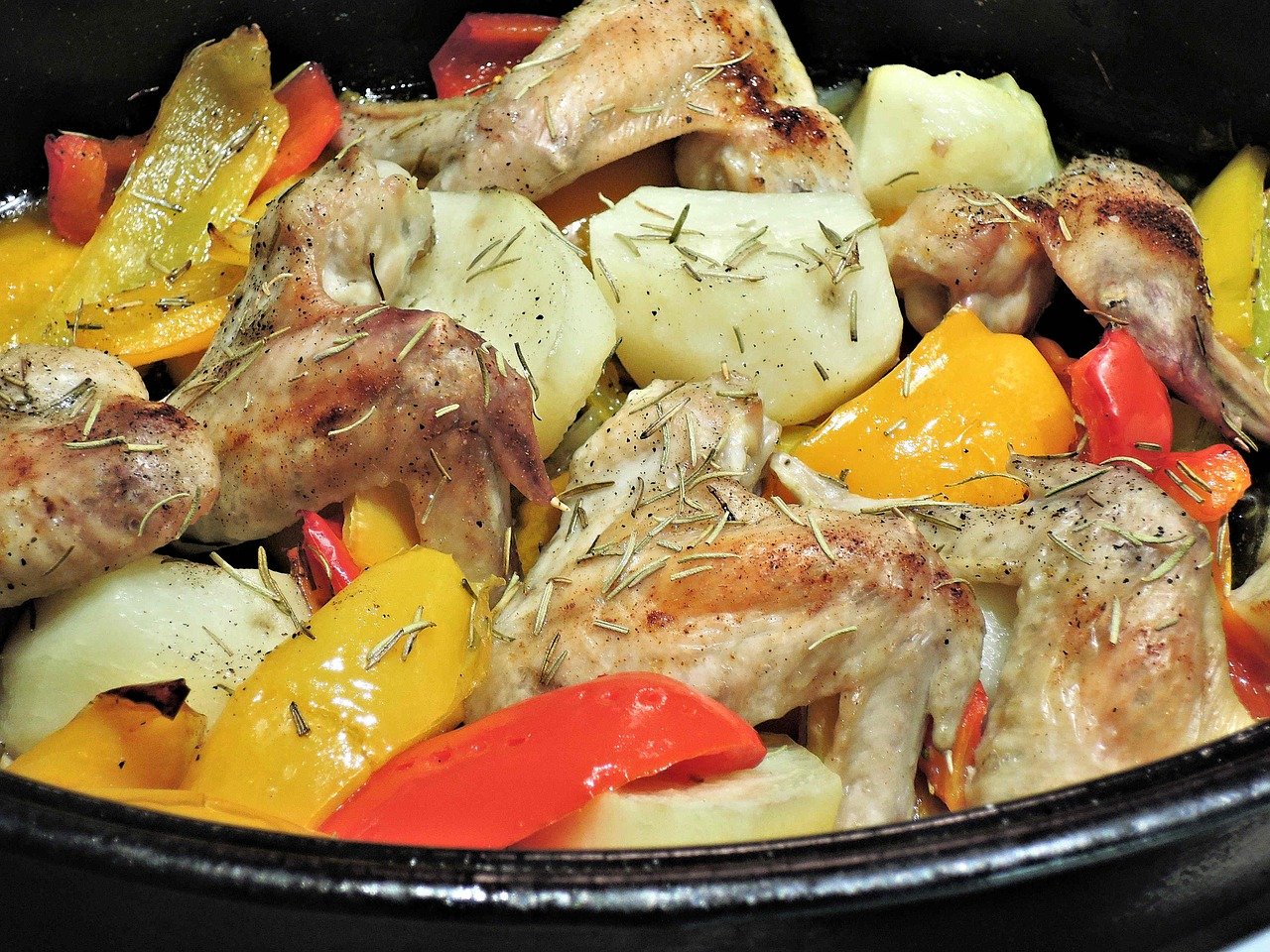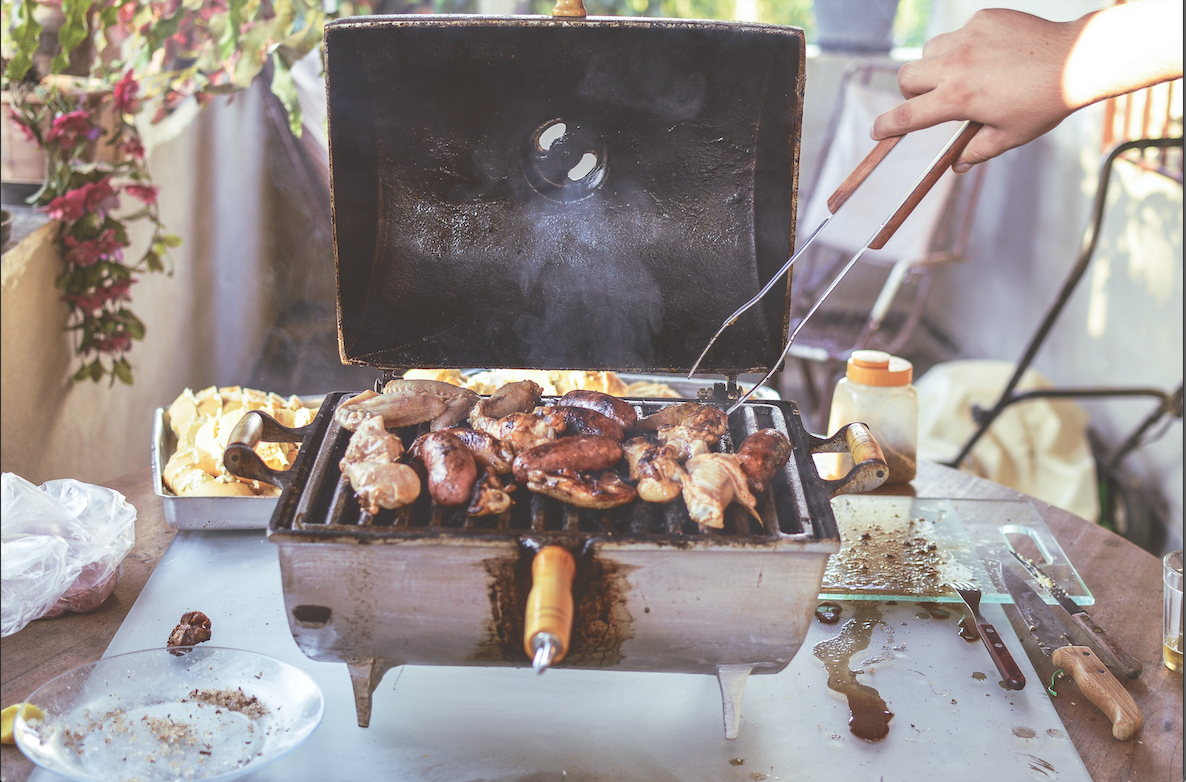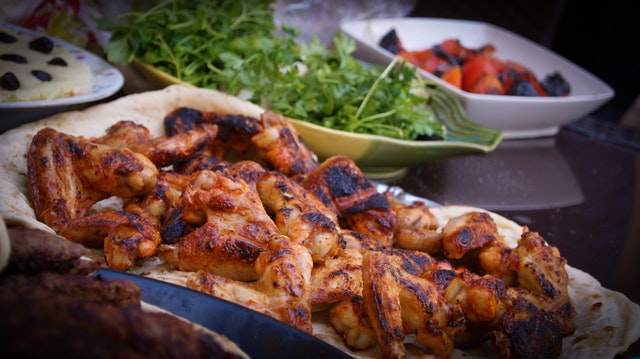Wings
The Perfect Finger Food
Chicken wings are a staple of my weekly diet. Wings are juicy, dark meat from the chicken that is the perfect platter for sauces and seasonings to shine. Not only does the bland meat take flavor easily, but it also is easily dippable for double the possibility of flavors. The shape and crispy texture of the wings beg for sauces and seasonings.
Messing with the Mess
The downside of wings is the fact that eating the wing can be very messy. You must serve wings with multiple napkins, and if possible, a wet nap, or at least access to the sink after to wash up. Many white shirts have met their fate due to a scrumptious wing dinner. When cooked right, even a dry wing can be challenging to eat cleanly. The reason wings are such a problematic food in general to eat is because of the nature of the dark meat being juicy and the bones in the center of the food.
Arent Wings Bad for You?
Some people would argue that wings are not healthy for you. I am not one of those people. Wings are natural food, and although they usually are fired, they don’t have to be. You can grill or bake wings, and the sauces and rubs you also use don’t have to be unhealthy or sugary. Garlic parmesan is probably my favorite wing sauce and is natural and not very sweet. Another favorite of mine is an excellent dry rub grilled wing. You can also throw them in an air fryer, as I did in my chicken breast article.
Chicken has zero carbs and is loaded with protein, vitamins, and iron, and not to mention contains natural fats. When most people hear fats, they turn up their nose, but really, your body needs fat to run! Fats are natural energy that your body can burn over long periods of time. Fats by themselves are actually really good for you, but when artificial fats are introduced in large quantities, your body starts to panic. Your body will store extra fat that it receives that it doesn’t have to burn right then. This storage is the source of most weight gain. As long as you are eating in moderation and your body is in a metabolic state burning as many calories as you are putting into it, you will not gain weight.
How to Eat the Wings
There are multiple schools of thought on how to eat a wing properly. My personal favorite is the all-in version. You take as much of the wing as possible from the end and suck the wing from the bone. Then you turn the wing around and repeat from the other end. This method is the easiest way to stay somewhat clean while eating, as you only need two fingers handling the wing. The con of this method is that sometimes the chewy cartilage comes off with the meat, which is undesirable.
The following method is the bone twist method, where you break the cartilage between the bones before you eat the wing. You can then twist the bones back and forth, and the bones will become loose, and you can pull them right out from the flesh. This method makes it easy to eat the wings, as they are now boneless, but it does get a significant amount of sauce on your hands.
The last method I call the bunny method. This method means that you eat the wing from the side like a bunny eating corn on the cob. This ideology is a more careful method, but I have found that I cannot eat the wings very efficiently using this method. Usually, I end up with more sauce around my mouth with this one, no matter how careful I am.
how much does it cost
The best thing about chicken wings is the price of a box of them. One packet of chicken wings usually goes for about 5 dollars for 12 whole wings, which when you separate them, it’s around 24 “wings” total. This much chicken can be cooked quickly at once or split into more than one serving and eaten at any time. All you have to do is separate the drum part of the wing from the flat part of the wing. Usually, I eat about six wings in a serving, which you could use for up to 4 meals for yourself.
ABOUT THE AUTHOR
Dalton Childs
Student Author - Spring 2021










